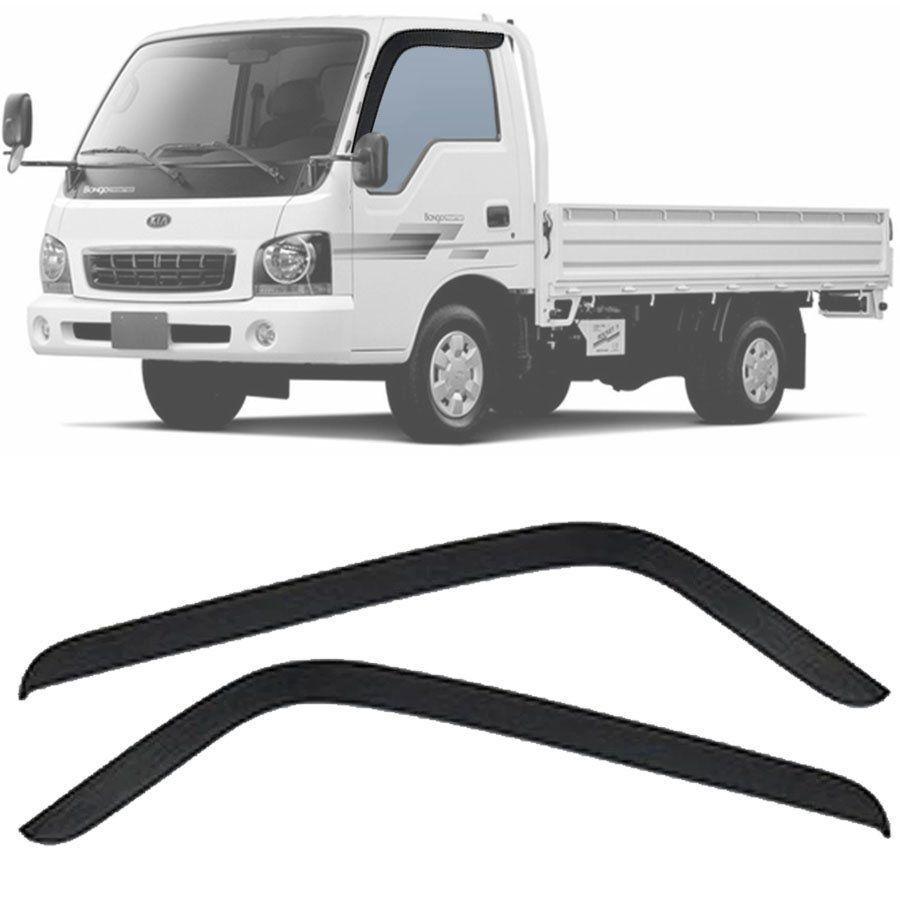

This shows the general condition of the Bongo when it was sold at auction in Japan.įor more information on the auction sheet, read this page on our website. But you can ask to see the 'auction sheet'. If you're looking at a newly imported Bongo, service If it's been serviced by a garage, there'll be invoices and receipts. Plenty of people do their own servicing and should have If you're looking at one that been previously owned in the UK, it should have service history. Then you know if it’s been properly looked after. If you're buying a Bongo then it's good to get one withĪ decent Service History. Mazda Bongo and Ford Freda have a cult following, Facebook pages, clubs and forums. Spare parts and accessories, both new and used, are available for the Bongo. 'weekend' campers with removable kitchen pods that are interchangeable with the rear seats. There are many different side and rear conversion layouts and the specification varies. These are either dealer converted or DIY self-conversions. Many Bongos are converted to camper vans. The elevating roof model is 2.1 metres high the tin-top is 2.0 metres. Mazda Bongos are approximately 4.6 metres long and 1.7 metres wide. Most Mazda Bongos have 4 speed automatic transmissions. Steady driving and a light foot on the throttle can increase it This depends on use constant stop-start around town can reduce that figure. The fuel consumption of all engines averages at 26mpg. Here are Mazda Bongo engine specifications, so you can compare performance figures: The 2.5 V6 Bongo is a quiet engine and is noticeably more powerful than the petrol 2l Bongo. Its torque converter locks betweenĪll petrol model Bongos are 2 wheel drives. The 2.5 diesel Bongo is sold as a 4-wheel drive (SGL5 model numbers) and 2-wheel drive (SG元 model numbers). Flip-down step seats can be added behind the driver and passenger. Some have picnic tables incorporated into the back of the seat. Is a bench seat which does not fold away.Īll seat backs fold flat. This allows plenty of boot space when not used for passengers. On earlier models, the rear 'gullwing' seats flip down/fold away. Each row holds 3 people, with two 3-point seatbelts and a centre lapīelt. All models have 2 rows of seats behind the driver and passenger. The rear seat layout differs between earlier and later models. When used as a Camper, adding a side or tailgate awning can double the living space. In all models, the seats fold down into a double bed.

It also forms a roof tent, with sleeping space for two The AFT roof raises this gives standing room in the Bongo. The Bongo has two body types The AFT (auto free top) or tin-top (flat roof). They’re built to the usual high Japanese specification. They're a versatile 8 seat MPV, suitable for everyday use. The Mazda Bongo was also produced as the Ford Freda. The trim differs but they are mechanically identical.


 0 kommentar(er)
0 kommentar(er)
